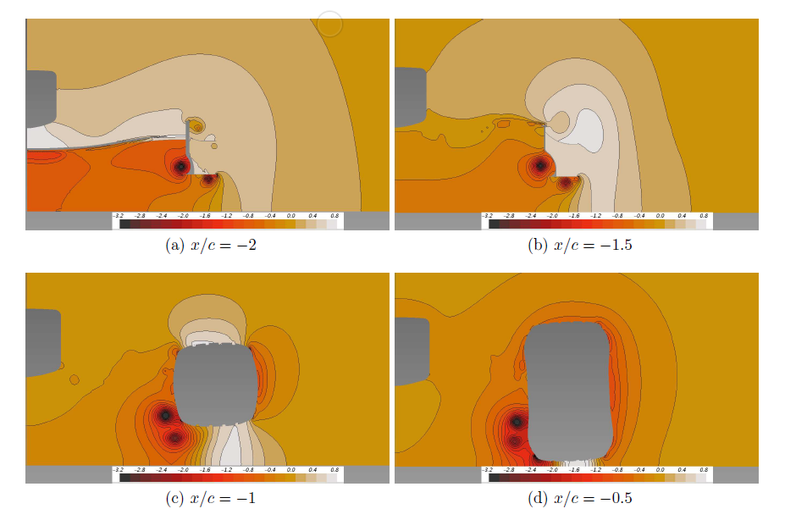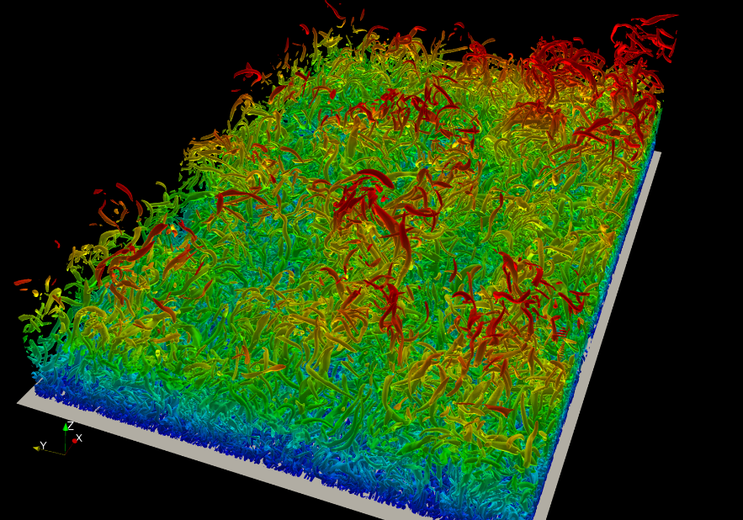Tech Project
Description of the challenges faced by the Tech Project
We are surrounded by moving fluids (gases and liquids), be it during breathing or the blood flowing in arteries; the flow around cars, ships, and airplanes; the changes in cloud formations or the plankton transport in oceans; even the formation of stars and galaxies are closely modeled as phenomena in fluid dynamics. Fluid Dynamics (FD) simulations provide a powerful tool for the analysis of such fluid flows and are an essential element of many industrial and academic problems. The complexities and nature of fluid flows, often combined with problems set in open domains, implies that the resources needed to computationally model problems of industrial and academic relevance is virtually unbounded. FD simulations therefore are a natural driver for exascale computing and have the potential for substantial societal impact, like reduced energy consumption, alternative sources of energy, improved health care, and improved climate models. The main goal of this project is to address algorithmic and technical challenges to enable the use of accurate simulation models in exascale environments.
Brief description of technology
Driven by problems of practical engineering interest we focus on important simulation aspects including: • error control and adaptive mesh refinement in complex computational domains, • resilience and fault tolerance in complex simulations • heterogeneous modeling • evaluation of energy efficiency in solver design • parallel input/output and in-situ compression for extreme data, which has a close connection to image and video compression methods as well as flow feature detection The algorithms developed by the project will be prototyped in major open-source simulation packages in a co-design fashion, exploiting software engineering techniques for exascale. We are building directly on the results of previous exascale projects (CRESTA, EPiGRAM, etc.) and will exploit advanced and novel parallelism features required for emerging exascale architectures. Codes we are working with right now are: • Nek5000 • Nektar++ • SBLI • NS3D The results will be validated in a number of pilot applications of concrete practical importance in close collaboration with industrial partners: • rear wing of a new Opel passenger car • McLaren Racing Formula 1 front wing • airplane wing profile NACA4412 • jet in crossflow
What the project is looking to gain from the collaboration and what kind of artist would be suitable
The term “exascale computing” describes computing systems which are capable of at least one exaFLOPS; this equals a billion billion calculations per second. Such extreme capacity is a thousandfold increase in comparison to the first petascale computer, which was first realized in 2008. We imagine that a cooperation with an artist can bring new and innovative thoughts to our field and direction of research. Especially regarding image compression and feature detection. As we are dealing with a quite complex and abstract topic, we would also welcome a way to visualize and explain our research outcomes in an understandable manner. Artists should have basic knowledge in the fields of Computational Fluid Dynamics, Computing and ideally already some experience with High Performance Computing. A (strong) mathematical background would be favourable.
Resources available to the artist
We will offer the artist a steady workplace including internet connection at HLRS for the period of the residency. The artist will be integrated in the different work fields of the project contributors working at HLRS. As there are industry partners included in the project consortium, we can only give access to the utilized codes, algorithms and data within the limits of statutory regulations.




